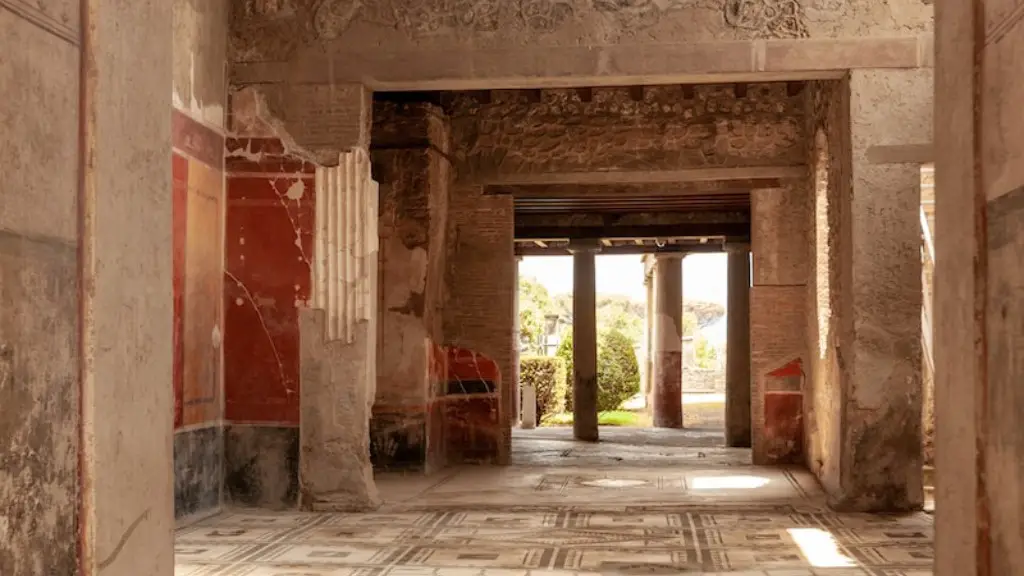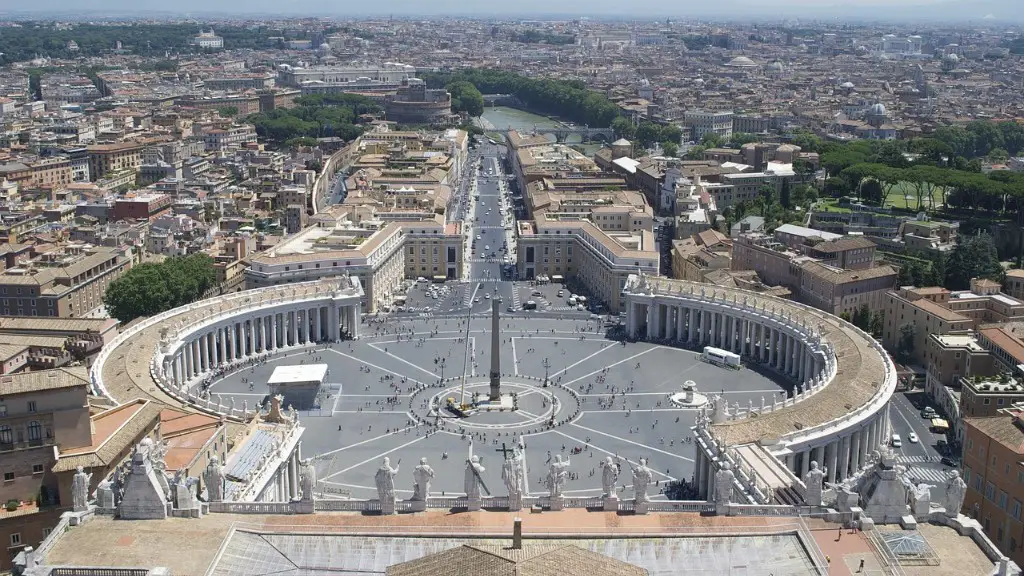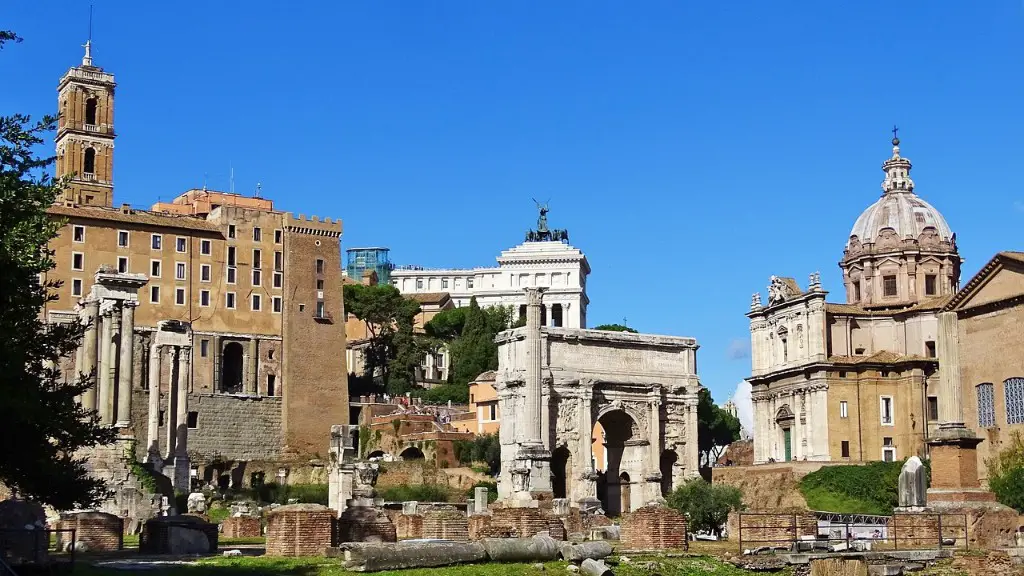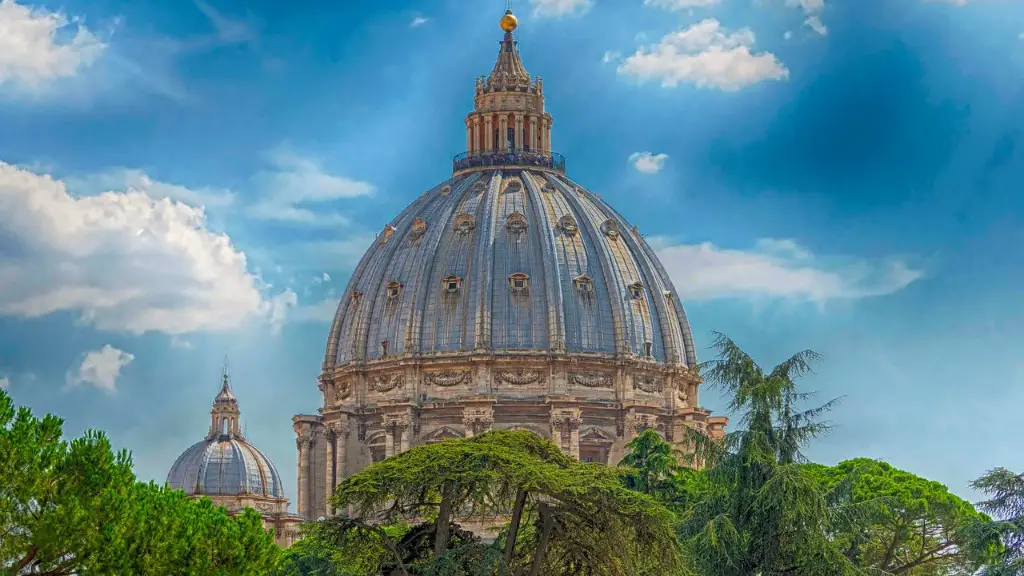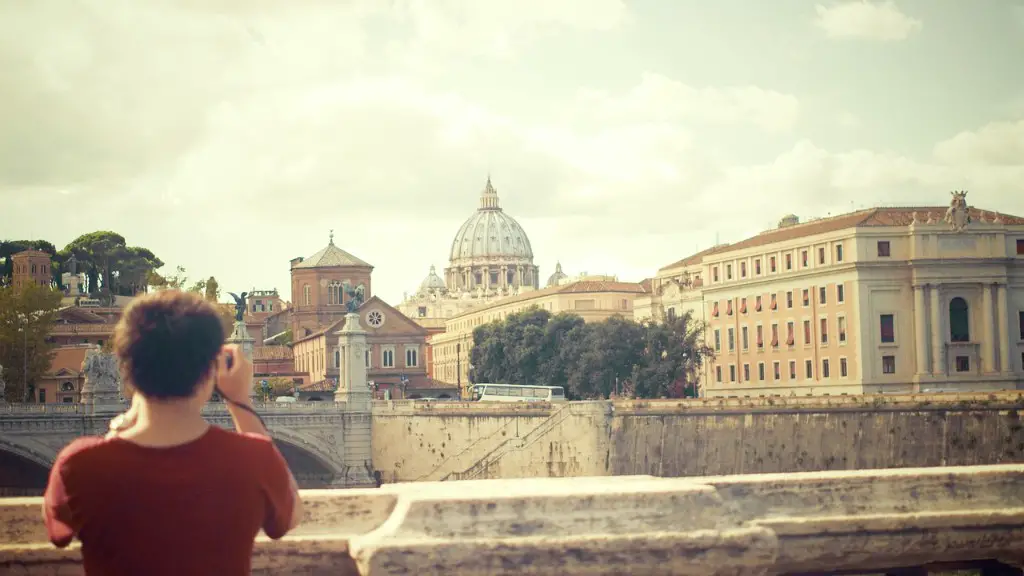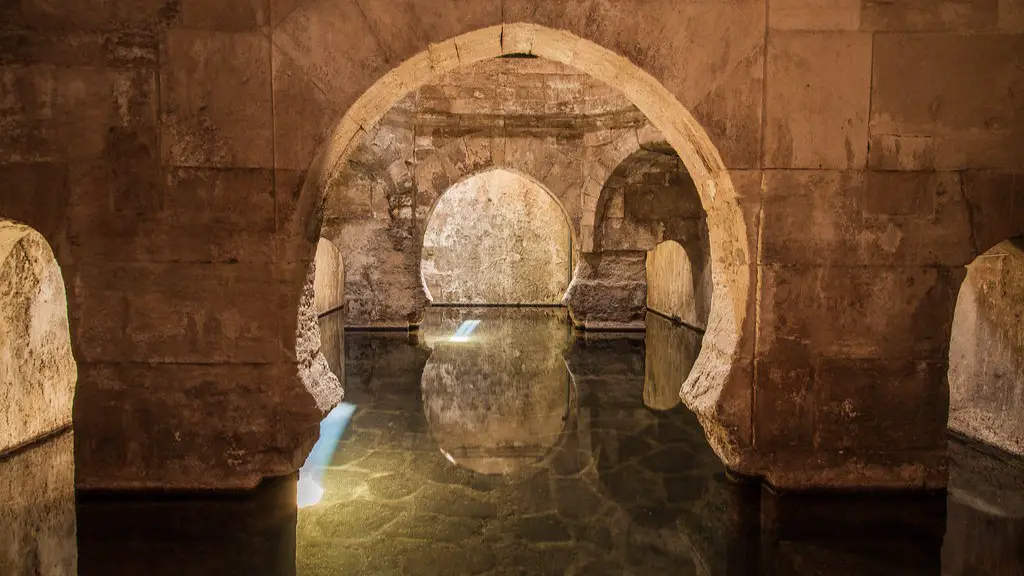The ancient Romans were masters of engineering and construction. They built some of the most impressive structures in history, many of which are still standing today. Their innovations in construction techniques and materials changed the way buildings were made forever.
The Roman period saw a great change in construction methods and architecture that would forever change the face of construction. The use of concrete and the arch are perhaps the two most significant Roman innovations that have shaped the built world as we know it today.
How ancient Romans changed construction forever?
Roman architecture developed the use of arches and vaults in architecture. While Roman architecture may not have invented the arch or the vault, they certainly perfected them. These architectural forms allowed Roman architects to create large roofed structures without a reliance on pillars.
The Romans developed a new recipe for concrete, using pozzolana, a fine volcanic ash found in Southern Italy. This new concrete mix was much stronger and more resistant than the previous concrete recipe. The concrete was mixed with small stones, which gave it its strong foundation.
What four major construction achievements are attributed to the Romans
The arch and the vault: The Romans did not invent but did master both the arch and vault, bringing a new dimension to their buildings that the Greeks did not have.
Domes: Concrete was used in the construction of Roman domes, a technique that was not used in Greek architecture.
Domestic architecture: Roman houses were typically built around a courtyard, with an emphasis on comfort and convenience.
Public buildings: The Colosseum, aqueducts, and triumphal arches were all examples of grand public buildings constructed by the Romans.
Aqueducts: The Roman aqueducts were an impressive feat of engineering, and were vital in ensuring the city had a reliable water supply.
Triumphal arches: These were built to celebrate military victories, and served as a symbol of the Roman Empire’s power.
Lime clasts are small white chunks which originate from lime, found ubiquitously through Roman concrete but not in modern day concrete. Researchers from MIT think they have the answer to Roman concrete’s millennia long success – these white specks.
Lime is a key ingredient in concrete, and the clasts help to make the concrete stronger and more durable. Roman concrete is known for its strength and longevity, and the lime clasts are thought to be a big part of that.
The researchers are still working to confirm their findings, but if they’re right, it could have big implications for modern concrete. Concrete is a key material in construction, and making it more durable would be a major advance.
What are the three construction techniques that the Romans developed?
The arch is a fundamental element of Roman architecture and engineering. Arches were used to support roofs, floors, and even bridges. The Romans were masters at using the arch to create massive, awe-inspiring structures like the Colosseum and the Pantheon.
The vault is another key element of Roman architecture. Vaults were used to create ceilings and roofs. The most famous example of a vaulted ceiling is the Sistine Chapel.
Domes were also used by the Romans to create stunningly beautiful structures. The most famous example of a dome is the Pantheon.
The use of concrete was a game-changer for Roman architecture. It made construction quicker and easier, and its raw materials are cheap and easy to transport. This made it possible to build large, complex structures that would not have been possible with stone alone. The development of concrete was one of the most important innovations in Roman architecture, and it had a profound impact on the development of the city.
What were two 2 ways the Romans built strong structures?
Post-and-beam construction is a very efficient way to create strong, sturdy structures. However, the ancient Romans were able to create even stronger structures by using curved roofs and large-scale arches. These arches were able to support more weight than post-and-beam construction, which meant that the Romans could build massive bridges and aqueducts.
Hot mixing refers to the process of heating up the ingredients of concrete before mixing them together. This process results in a more homogeneous mixture and stronger concrete. The scientists believe that the Romans used this process to make their concrete more durable.
How did the Romans improve infrastructure
Roman roads were some of the most important infrastructure projects of the Roman Empire. The roads were used to move troops, supplies, and trade. The Romans believed that infrastructure was of strategic importance. During the Roman Empire’s ascendance, they built or upgraded 80,000 km (50,000 miles) worth of highways. This included resurfacing the Persian Royal Road.
The ancient Romans were the first to effectively harness the power of arches in the construction of bridges, monuments and buildings. Arches have been used for thousands of years, but the Romans were the first to truly capitalize on their potential. As a result, Roman architecture is characterized by its use of arches andVaults, which create a sense of grandeur and strength.
What are the most important Roman constructions?
The period between the 1st century BC and the 4th century AD saw a massive expansion in the city of Rome, and with it, a boom in construction. This period saw the construction of some of the most impressive and iconic structures in the city, including the Colosseum, the Markets of Trajan, and the Baths of Caracalla. While these buildings were all made of concrete, Roman architecture was not entirely comprised of this material.
Roman architecture is characterized by concrete-domed buildings, the innovative use of the arch, the amphitheatre design, the basilica, the triumphal arch, and residential apartment blocks.
Why were Roman walls so strong
It is believed that the Roman concrete is one of the most durable building materials in human history. This is because of the way it is made. Seawater percolates within the tiny cracks in the Roman concrete and reacts with phillipsite, which is a natural component of volcanic rock. This reaction creates aluminous tobermorite crystals, which are very strong and durable.
It is amazing that despite the Roman empire falling more than 1,500 years ago, their recipe for concrete remains stronger than anything around today. This is thanks to the combination of volcanic ash, lime, volcanic rock and seawater that made up Roman concrete. It turns out that the seawater is key to the strength of the concrete.
How did Roman concrete change the world?
It is fascinating to learn that concrete was the Roman Empire’s preferred construction material. It is even more intriguing to discover that underwater concrete structures built by the Romans have held up well over time, despite the harsh saltwater environment. This is a testament to the engineering and construction prowess of the Roman Empire.
Arches were one of the basic and important elements of architecture in ancient Rome. Arches were widely used in many structures. Romans usually used arches in all possible constructions but mainly in Aqueducts, Baths, Basilicas, and Triumphal arches.
Conclusion
The ancient Romans were excellent architects and engineers. They are responsible for many innovations in construction that are still used today, such as the arch, concrete, and the dome. The ancient Romans also popularized the use of columns and pilasters, which are still common features in modern buildings. Additionally, the Romans were the first to use marble extensively in construction.
The ancient Romans are responsible for changing construction forever. They pioneered the use of concrete and engineered some of the most impressive feats of engineering in history. Their legacy can still be seen in the ruins of their cities and in the modern buildings that have been inspired by their methods.
